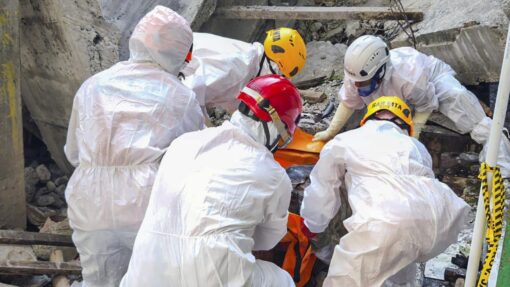Died of thirst. Scientists unravel Queensland mangrove catastrophe
Richard Dinnen - Queensland Editor |
Researchers at James Cook University say they’ve solved the mysterious death of tens of millions of mangrove trees along the Gulf of Carpentaria coast in 2016.
A team from the University’s TropWATER Research Centre found the mass death of tidal mangrove forests was a result of an unusually low sea-level, due to large-scale swings in El Nino – Southern Oscillation events.
Lead research author, Norm Duke, said the mangroves have still not recovered.
“The key factor responsible for the mass dieback appears to have been the sudden 40-centimetre drop in sea level that lasted for about six months, coinciding with no rainfall, killing vast areas of mangroves.
“Essentially, the trees died of thirst.
“Recovery has been repeatedly stymied by other climate-driven events including severe cyclones and flooding.”
Mangroves are plants that grow in tidal swamps along tropical coasts. They protect coastline, are an important habitat for hundreds of fish species, and they capture and store large amounts of carbon.
Dr Duke said mangroves are vital to the ecology and stability of tropical and sub-tropical coastlines, and it’s critical to protect them.
“They provide essential habitat for many species and can hold substantially more carbon than tropical forests within the same area.
“These extraordinary trees are normally environmentally resilient, being able to grow in seawater, intertidal zones and on coastal salt flats.
“They are also essential for preventing or reducing shoreline erosion and retreat.”
The 2016 dieback occurred on stretches of the Queensland Gulf coast near Normanton and Burketown. There was also a significant dieback near Borroloola, on the Northern Territory coast.
JCU TropWATER researcher Adam Canning said evidence for sea-level drop being the cause was found in the discovery of an earlier mass dieback in 1982, observed in satellite imagery.
“The 1982 dieback also coincided with an unusually extreme drop in sea level during another very severe El Niño event. We know from satellite data that the mangroves took at least 15 years to recover from that dieback.
“Now they are caught in a vicious collapse and recovery cycle because of repeated pressure from climate change. The question remains when or if they will recover.”
Wetlands researcher at Earthwatch Australia, Jock Mackenzie, said targeted action could enhance the resilience of mangrove ecosystems.
“We must address the localised human impacts that degrade mangrove habitats including pollution, altered hydrology, feral animals, weeds, and improper fire management.
“These impacts impede the natural ability of mangroves to adapt to climate change.”
Satellite imagery could also be used to help monitor the recovery of mangroves in remote areas and identify key areas under pressure.



